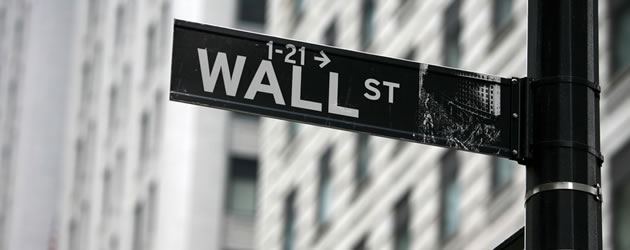
The Pound to Australian Dollar exchange rate sunk by around -1.2 cents earlier this morning to reach a fresh 28-year low of 1.4458 as triple-dip recession fears coupled with the threat of enhanced monetary easing dragged on the Pound and optimism in the US stock market buoyed the risk-sensitive ‘Aussie’ Dollar.
The Dow Jones Industrial Average closed at a record high of 14,447 yesterday in response to Friday’s optimistic US Non-farm Payrolls print. The latest NFP figures showed that the US economy added a staggering 236,000 workers to the payroll in February, compared to predictions of a more gentle 160,000. This brought the US Unemployment Rate down to a 5-year low of 7.7%.
The impressive result had a dampening effect on risk sentiment initially, as it was interpreted to point towards an early exit strategy for the Federal Reserve’s expansive monetary stimulus programme. However, with traders now accepting that the robust print is a step in the right direction, but not a signal for the end of QE3, investors’ appetite for risk has grown and share indexes have soared.
The Fed have stipulated that the current $85 billion a month stimulus plan will run until the Unemployment Rate falls to 6.5% and with this still a long way off markets took the good news from the report – that the world’s largest economy added 76,000 more people than expected to its labour market last month – and applied it to stocks, shares, and currencies.
The VIX Volatility Index, a popular gauge of uncertainty and risk among markets, shrunk to a 6-year low, as the Standard & Poor’s 500 stock index touched its highest intraday level since October 2007, and the FTSE 100 hit a fresh 5-year high above the key 6,500 mark.
With stock markets rallying, and traders fairly comfortable in the fact that further stimulus is on its way in the US, the risk-correlated Australian Dollar managed to push GBP/AUD down by around -1.2 cents to a fresh 28-year low. In times of economic confidence the Australian Dollar benefits from its relatively high benchmark interest rate of 3.00%, which attracts investors in search of yield.
Subsequently, the Aussie gained around 0.5 cents against the US Dollar (AUD/USD), 1 cent against the Japanese Yen (AUD/JPY), and 2.2 cents against the Euro (AUD/EUR).
In terms of the Pound to Australian Dollar exchange rate, the downward move was also influenced by a perceived myriad of weaknesses in the UK economy. Sterling has been sold off across the board recently as if it were a ticking time bomb. And in some ways it is, but instead of the usual dynamite and gunpowder, the British Pound is loaded with the threat of further monetary easing and the possibility of an unprecedented triple-dip recession.
Sterling is also susceptible to the untrusted, but still considered headline-worthy, credit rating agencies; last month Moody’s stripped the UK of its triple-A credit rating for the first time in decades, and there is speculation that Standard & Poor’s and Fitch could follow suit next week if the Chancellor’s 2013 budget statement is not to their liking.
On top of that we have a dire situation of overshooting inflation and subdued wage growth, which is constricting consumers’ spending power and is hampering economic growth. With all these things in mind it is entirely possible that Sterling could be susceptible to further losses against the Australian Dollar as markets choose to shun the British currency in the build-up to Mark Carney’s appointment as Bank of England Governor.

Comments are closed.